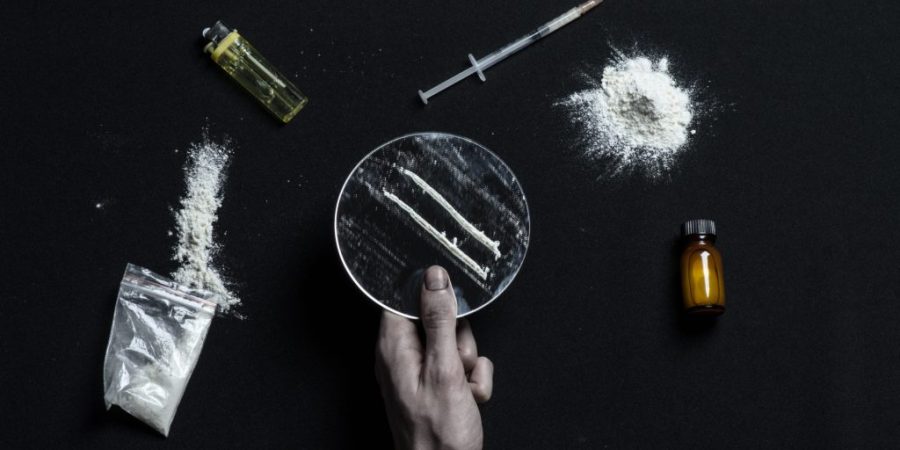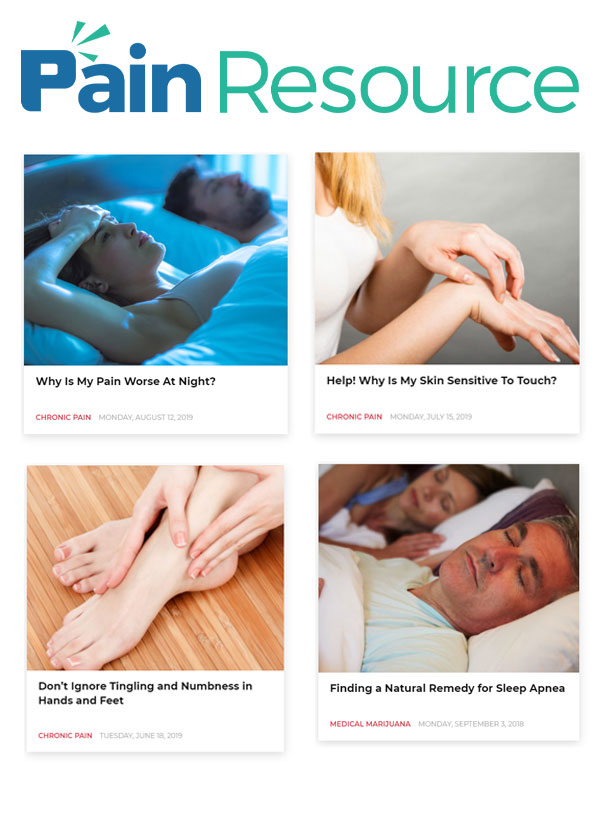
From Springbrook Hospital –
According to the National Survey on Drug Use and Health (NSDUH), an estimated 40.3 million Americans aged 12 and older reported having a substance use disorder in 2020. Substance abuse and the subsequent mental health challenges make it challenging for individuals to overcome addiction alone. As a result, professional treatment is necessary to help adults safely and effectively recover from the most addictive drugs.
Table of Contents
Five of the Most Addictive Drugs


All drugs have the potential for abuse. However, some drugs are naturally more addictive than others. Addiction is considered a disease that alters the brain’s reward system and its ability to function without the presence of drugs or alcohol. This makes it difficult for drug users to quit despite wanting to. Individuals using most addictive drugs struggle even more because of how quickly their brain and body depend on the substance to function.
Below are five of the most addictive drugs, what makes them addictive, and where you or a loved one can get help if you’re struggling with addiction.
1. Heroin
Heroin is an opiate extracted from certain poppy plants and processed with morphine. It’s also the most addictive drug in the world with nearly a quarter of those who try it becoming addicted. This highly addictive substance works by activating the opioid receptors in the brain to numb pain and cause individuals to feel relaxed.
Moreover, it produces excess dopamine in the brain, often creating an out-of-body sensation and feelings of euphoria. This burst of dopamine and other endorphins is what makes it one of the most addictive drugs. Using heroin causes the brain to associate the drug with intense pleasure, resulting in compulsive use over time.
According to the National Institute on Drug Abuse, heroin is not only the fastest-acting opioid but also the most abused. However, many heroin addicts didn’t start their substance abuse with heroin. Instead, many heroin users began abusing prescription opioids. As their tolerance and dependence on opioids increased, so did their need for a stronger drug.
Since heroin is so addictive, dependence on the substance occurs quickly with regular use. And it doesn’t take long for individuals to experience difficult withdrawal symptoms. As a result, users feel encouraged to continue their heroin addiction to avoid these symptoms.
2. Cocaine
Cocaine is an addictive stimulant derived from coca plants native to South America. It’s illicitly manufactured in the form of white powder or crystal form, better known as crack cocaine. This substance creates an intense high that floods the brain with increased levels of dopamine. As a result, users quickly feel the short-lived effects before crashing.
This substance increases alertness and excitement in addition to producing the feeling of euphoria. But only in small doses. Therefore, cocaine is commonly consumed in a binge pattern, making it one of the most addictive drugs. What this means is that users take repeated doses to maintain a high. However, chasing this high causes individuals to quickly users become dependent on it to produce dopamine in the brain.
Despite the addictive properties of powder cocaine, crack cocaine is even stronger. Smoking crack cocaine, as opposed to snorting it in powder form, causes it to travel quicker to the brain. Consequently, the high is almost immediate and more intense. It also produces higher levels of dopamine in the brain.
The flood of dopamine produced by crack cocaine makes it harder for the brain to produce it on its own. As a result, it becomes chemically dependent on the drug to maintain natural levels of the neurotransmitter.
3. Alcohol
When you think of the most addictive drugs, alcohol most likely doesn’t come to mind. But alcohol is one of the most regularly used and readily available drugs in the United States. Similarly to heroin and cocaine, alcohol also elevates levels of dopamine to enhance mood and create feelings of relaxation and euphoria.
However, alcohol is also a central nervous system depressant. This means that it slows down functions of the central nervous system, such as blood pressure and heart rate. Additionally, it acts as a sedative by impairing motor skills and cognition. But not only can drinking too much lead to alcohol poisoning and alcohol addiction, but it also puts you at a higher risk of engaging in risky behavior.
There are many contributing factors to the development of alcohol addiction. Chronic stress, financial problems, and burnout are a few reasons many adults turn to alcohol to cope. What’s more, drinking at an early age and a family history of mental health problems or addiction increase our chances of developing an alcohol use disorder.
Regular heavy drinking and binge drinking can quickly lead to dependence and alcohol addiction. Moreover, the long-term effects of alcohol abuse can result in changes to the brain and body chemistry, which make it difficult and dangerous to stop drinking without professional addiction treatment.
4. Methamphetamine
Methamphetamine, also known as crystal meth, is another addictive stimulant drug. This substance is made in laboratories and comes in either powder or crystal form. Meth can increase focus, decrease the need to sleep, suppress appetite, and increase feelings of pleasure.
Additionally, meth is a central nervous system stimulant most known for how difficult it is to quit using. Similarly to cocaine, it floods the brain with high levels of dopamine that cause users to continue seeking the effects. When these levels can’t be reached, individuals can experience withdrawal symptoms, including severe depression and suicidal ideation.
Crystal meth produces a short-lived yet intense high that gives users a rush of energy and a boost in confidence. But what makes it so dangerous is how it alters the brain structures necessary for decision-making, causing individuals to repeatedly make unhealthy and counterproductive choices that impact their overall wellness. Large amounts can even lead to psychotic effects, including aggression or violence.
In addition to severely impacting decision-making, crystal meth also damages the regions of the brain responsible for emotional regulation, learning, and memory. Long-term meth use can lead to psychosis, brain damage, and organ failure. All of these effects and risks make it one of the most addictive drugs.
5. Benzodiazepines
Benzodiazepines, also known as benzos, are prescription drugs used to treat anxiety disorders. A doctor may prescribe benzodiazepines to ease feelings of nervousness, tension, and worry associated with anxiety. Although benzos are one of the most commonly prescribed medications in the United States, they’re also one of the most addictive drugs.
Benzodiazepines are a type of drug classified as sedative-hypnotics. What this means is that they inhibit the central nervous system to help with a variety of anxiety and sleep disorders. Popular examples of benzodiazepines are Valium, Klonopin, and Xanax.
They work by interacting with GABA receptors in the brain. Benzos bind to these GABA receptors to slow down the central nervous system. As a result, they change the way your brain communicates with other parts of your body.
When benzos initially came out, they were marketed as a safe alternative to highly addictive barbiturates. However, they also come with a high risk of abuse. Individuals who abuse benzos rely on these prescription drugs to feel calm which puts them at risk of addiction and overdose.
Can You Recover from the Most Addictive Drugs?


Springbrook Behavioral Hospital specializes in addiction and mental health recovery. In fact, our dual diagnosis program addresses the relationship between addiction and mental health, providing patients with the most effective form of care. Drug abuse and mental health are inseparable, making it necessary to treat both simultaneously to recover.
With the tools and resources provided at our treatment center, patients can learn how to develop new coping skills to replace habits and behaviors associated with their addiction. This is possible with a combination of different therapeutic techniques and other treatment practices.
Some of our evidence-based addiction treatment modalities include:
- Individual therapy
- Group therapy
- Family counseling
- Medication education and management
- Relapse prevention
- Aftercare and discharge planning
- Post-treatment resources
Springbrook Behavioral Hospital provides individualized programming to meet the unique needs of every patient. Our dual diagnosis program provides flexible levels of care, including our residential program or partial hospitalization program. Whichever you choose to enroll in, our team will help you overcome using any of the most addictive drugs.
Where Can I Go to Recover From the Most Addictive Drugs?
Recovering from an addiction to any of the most addictive drugs is possible with the right tools and support. Our team at Springbrook Behavioral Hospital is here to help you overcome addiction and the mental health challenges that accompany it. If you have any questions about how our treatment programs can help you start recovery, contact our admissions specialists. You can call us at 352-600-3288 or submit a confidential contact form. You’re stronger than even the most addictive drugs.
The post What Are the Most Addictive Drugs? appeared first on Springbrook Hospital.
Source
Original Author: Digital Team

